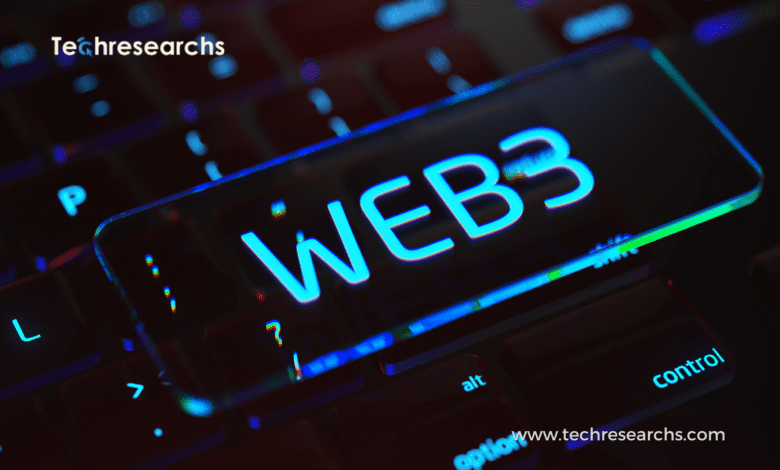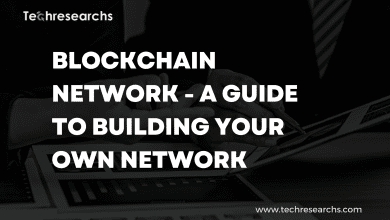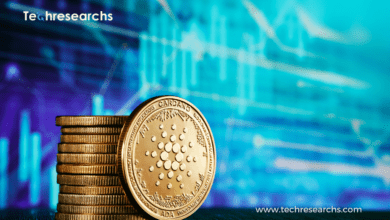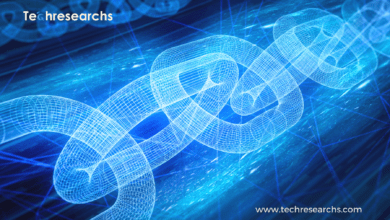Web3 in 2023: What to Expect?

Web3 in 2023:
The internet has come a long way since its inception, evolving through various stages.
From Web 1.0, which primarily consisted of static web pages, to the interactive and social landscape of Web 2.0, the Internet has transformed how we interact, share information, and conduct business.
Now, we stand on the cusp of another paradigm shift – Web3 in 2023: Unveiling the vision for a decentralized internet revolution. Explore the expectations and possibilities.
Understanding Web3
Web3 represents the next generation of the internet, where users have more control over their data, identities, and digital assets.
At its core, Web3 aims to decentralize the Internet and eliminate the reliance on centralized intermediaries.
It leverages blockchain technology and decentralized networks to empower users and enable peer-to-peer interactions, fostering a more secure, private, and censorship-resistant online ecosystem.
Key Features of Web3
- Decentralization: Web3 applications operate on decentralized networks, removing single points of failure and reducing the risk of data breaches and cyber-attacks.
- Digital Ownership: Web3 enables true ownership of digital assets through non-fungible tokens (NFTs) and blockchain-based smart contracts. Users can securely store, trade, and transfer their digital possessions without intermediaries.
- Enhanced Privacy: With Web3, users have greater control over their data. Personal information is encrypted, and users can decide how and when to share it, safeguarding their privacy rights.
- Interoperability: Web3 fosters interoperability between different blockchain networks and applications, promoting seamless data transfer and interactions across the decentralized web.
Web3 Applications in 2023
As Web3 continues to gain traction, we can expect a wide range of applications and use cases to emerge.
Here are some areas where Web3 is likely to make significant strides in 2023:
- Decentralized Finance (DeFi): DeFi has already gained momentum, but by 2023, it is expected to become even more prominent. With decentralized lending, borrowing, and asset management platforms, users can participate in financial activities without the need for traditional banks.
- NFT Marketplaces: Non-fungible tokens have opened up new opportunities for creators and collectors. NFT marketplaces will continue to flourish, empowering artists, musicians, and content creators to monetize their digital creations directly.
- Digital Identity Solutions: Web3 is likely to offer innovative digital identity solutions that give users control over their personal information. Self-sovereign identity platforms will enable users to manage their identities securely across different online services.
- Decentralized Social Media: Web3 social media platforms will prioritize user privacy and data ownership. Users will have control over their data, and content moderation will be community-driven, fostering open and transparent communication.
- Supply Chain Management: Blockchain-based supply chain solutions will gain traction in 2023, enabling transparent and traceable product tracking from source to the end user. This will help combat counterfeiting and ensure product authenticity.
- Gaming and Virtual Realities: Web3 will revolutionize the gaming industry by enabling true ownership of in-game assets through NFTs. Virtual reality experiences will become more immersive and decentralized.
Challenges and Roadblocks
While Web3 promises a transformative future, it also faces significant challenges and roadblocks. Some of the key issues that need to be addressed include:
- Scalability: Current blockchain networks face scalability issues, resulting in slow transaction processing and high fees. Solving scalability problems will be crucial to achieving mass adoption of Web3 applications.
- User Experience: To attract mainstream users, Web3 applications must offer a seamless and intuitive user experience. Overcoming the complexities of blockchain technology is essential for broader acceptance.
- Regulation and Compliance: As Web3 disrupts traditional industries, regulatory frameworks will need to evolve to accommodate decentralized systems while ensuring consumer protection and legal compliance.
Learn more about Web3 In Security
Conclusion: Web3 in 2023
The evolution of the Internet from Web 1.0 to Web 3.0 represents a transformative journey that empowers users, fosters decentralization, and reshapes industries.
In 2023, we can expect Web3 to be at the forefront of innovation, with decentralized finance, NFT marketplaces, and digital identity solutions leading the charge.
However, challenges remain, and addressing scalability, user experience, and regulatory concerns will be pivotal in unlocking the full potential of Web3.
As the world embraces this decentralized future, we must navigate the complexities and seize the opportunities that lie ahead, shaping a more inclusive, secure, and interconnected digital world.



